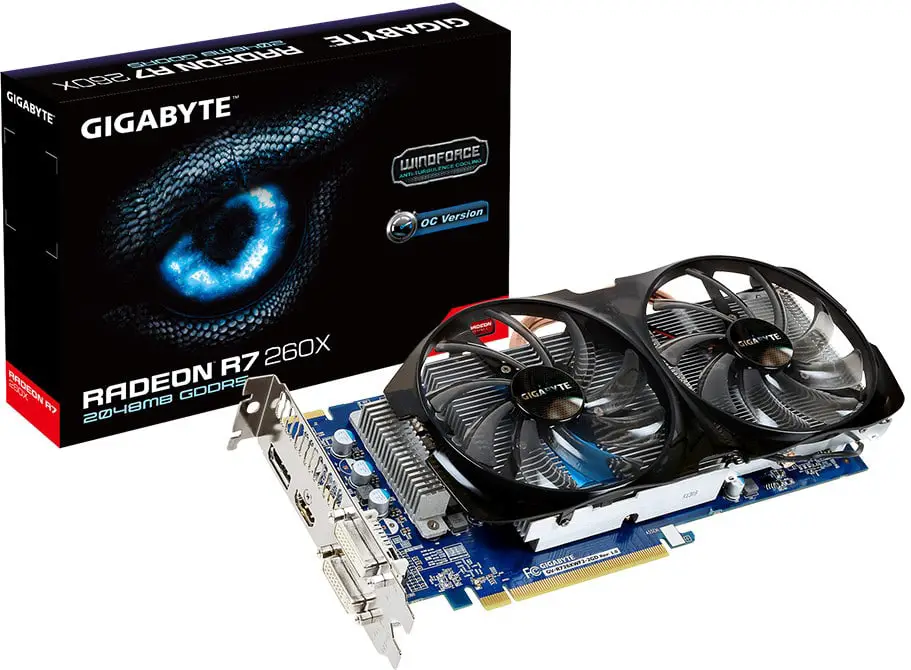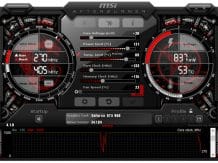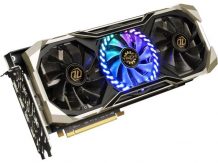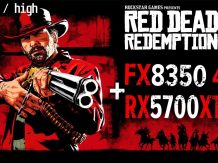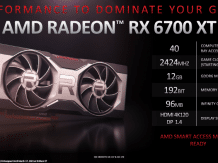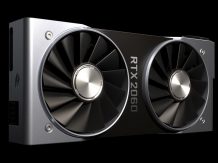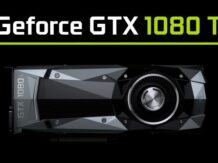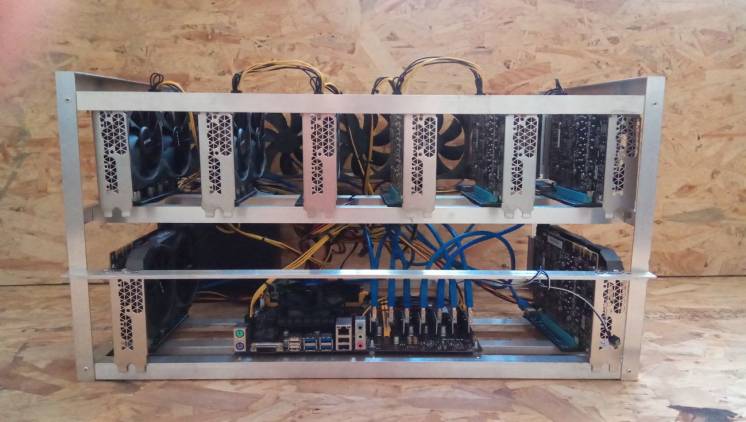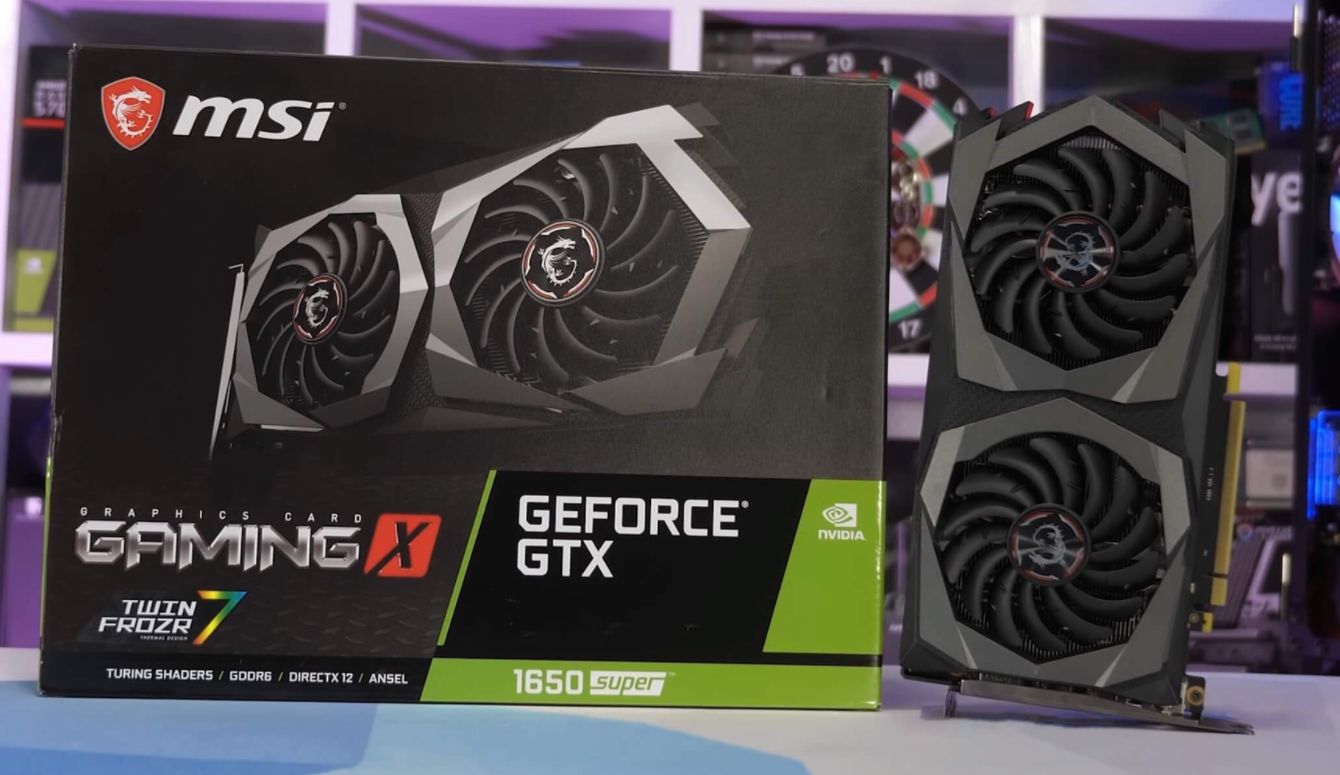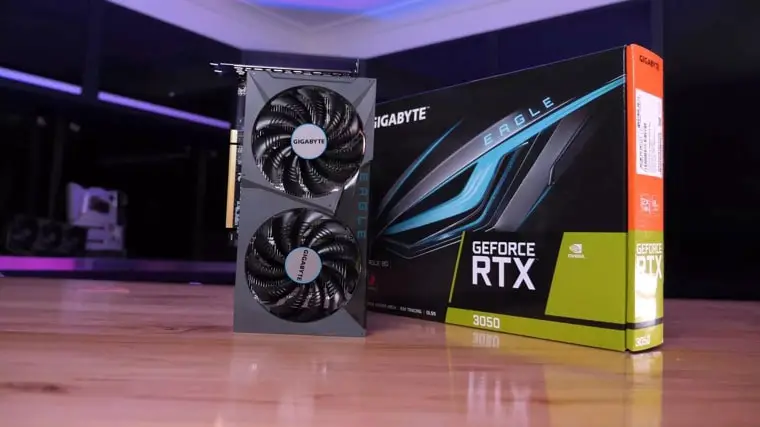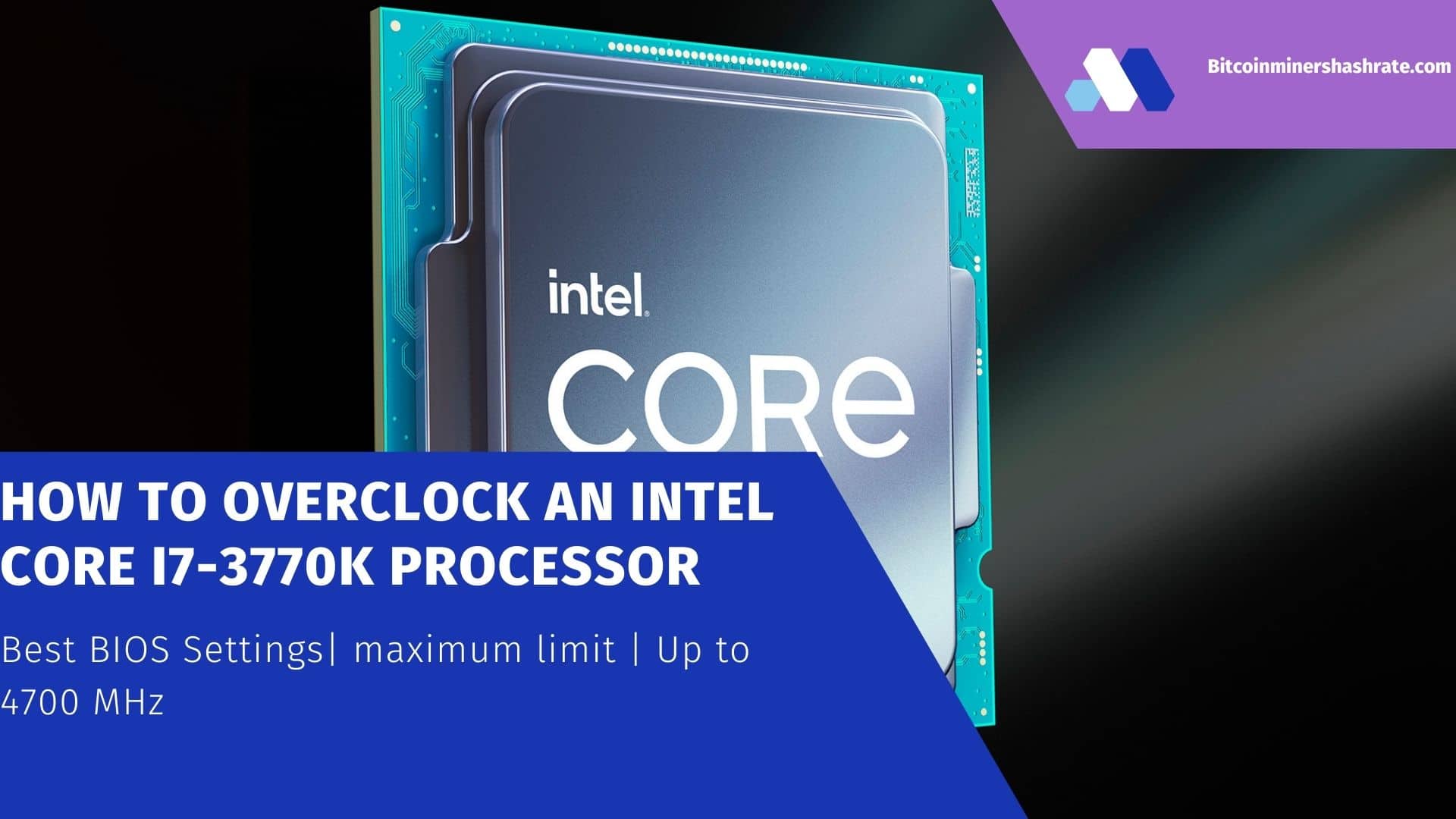How to Overclock/ Increase/ Boost/ Optimize/ Max/ Tune AMD Radeon R7 200 Series Gaming: Review, specs, overclocking and benchmarks + fresh drivers/ Windows 7, 8.1, 8 and Vista.
It cannot be said that AMD releases weak video cards, especially in the low-end segment. The performance of video cards is often enough for most tasks. Especially if these are not highly demanding tasks, such as video rendering or working with 3D graphics. To better define the level of performance, consider two AMD Radeon R7 200 Series graphics cards.
How to Overclock AMD Radeon R7 200 Series Gaming: Specs
The table describes the characteristics of the AMD Radeon R7 200 Series, namely, a comparative analysis of two video cards from this series is presented.
| Video card settings | Radeon R7 240 | Radeon R7 250 |
| Core | Oland XT | Oland XT |
| Core frequency | 780 MHz | 1050 MHz |
| Graphics memory type | DDR3 | DDR3 |
| Memory amount | 2 GB | 2 GB |
| Memory frequency | 1600 MHz | 1800 MHz |
| Technical process | 28 | 28 |
| Stream Processes | 320 | 384 |
| Rendering blocks | 8 | 8 |
| TMU | 20 | 24 |
| Tire | 128 pages | 128 pages |
| transistors | 1040 million | 1040 million |
| heat sink | 30 W | 65 W |
| Support | DirectX 12 | DirectX 12 |
It is worth considering that the base frequency of the R7 240 core is 730 MHz, and 780 MHz is the frequency after overclocking. The parameters of the video cards indicate the type of memory DDR3, but there is also an option with GDDR5 memory. DDR3 will be used in comparison, since this is currently the most common type.
How to Max: Radeon R7 200 Series Review
AMD Radeon R7 200 Series belongs to the category of budget and affordable graphics cards. However, it is well made. The video cards considered in this review are from Gigabyte.
Review Radeon R7 240
The model received 2 GB of DDR3 video memory. It also has the original factory overclocking. The assembly itself is of high quality, although this is a budget segment.

On top of the graphics card is a cooling cooler with a large heatsink. This decision is due to the strong heating of AMD cards. The radiator is made of aluminum, and the fan itself protrudes slightly. The length of the entire graphics card is 19.5 cm.
In the game Metro Last Light, the results are not bad. The cores worked at a frequency of 900 MHz. The video card was loaded at 90-100%, while the average temperature did not exceed 46 degrees. Coolers worked at 33%, and the frequency of revolutions per minute reached 2 thousand. The cooler made almost no noise.
Review Radeon R7 250
The external design of the graphics card is no different from the younger model. It also has a blue PCB electrical insulation and is 19.5 cm wide. The heatsink is as bulky as the AMD Radeon R7 240.
The cards in question differ only in memory chips and power phases. The Radeon R7 250 has a three-phase power supply, unlike the two-phase R7 240.
Test results in the game Metro Last Night are similar. The video card worked stably at 90-100%, while not particularly heated. The temperature did not exceed 46-47 °C.
The difference is only in the number of revolutions per minute. The fan worked at a speed of 1200 rpm, which is half the speed of the Radeon R7 240. The FPS was stable around 30-40 frames.
How to Boost: Overclocking the Radeon R7 200 Series
First you need to install the following utilities: MSI Afterburner, 3DMark, TechPowerUp GPU-Z, FurMark.
Next, follow the step-by-step instructions for pre-configuring programs:
- Launch MSI Afterburner and click on the settings button (gear).
- Select the “User interface” tab and set the desired language in the settings.
- Click on the “Settings” button and in the “Monitoring” tab we bring up the following parameters: GPU core frequency, GPU1 memory frequency, frame rate, GPU1 temperature.
- For each of the selected parameters, set the option “Show in Overlay Display” and save the changes.
- Click on the “Settings” button again and in the “General” tab, check the boxes for “Unlock voltage control” and for “Unlock voltage monitoring”.
- We launch the FurMark program and select the desired screen resolution, as well as the maximum available anti-aliasing.

Now the most important stage is the overclocking of the AMD Radeon R7 200 Series video card. Let’s start with overclocking the video memory. First, increase the memory frequency by 100 MHz and save the setting. Then we run the video card in FurMark. We repeat this procedure until the first artifacts appear.
If the computer freezes during testing, you should immediately restart it. After the reboot, we set those parameters for which there are no artifacts.
Finally, we check the card in the 3DMark program in order to avoid glare, spots and other defects.
With overclocking of the video core, the situation is the same. We set the “Power Limit” parameter to the maximum, after which we increase the core frequency by 10 MHz. We carry out tests in programs that were used to overclock memory.
If artifacts appear, then we increase the voltage on the core. Repeat the process until the desired result is achieved.
Test results in games
In GTA V, both video cards show good results. At low graphics settings, both video cards gave out around 35-40 FPS. At the initial frequencies, the R7 240 DDR3 slightly outperforms the GeForce GT 730 and delivers 10-15 FPS more. Such indicators are achieved not only because of the high performance of video cards, but also because of the good level of GTA V optimization.
In War Thunder, at base frequencies, video cards deliver a stable 35 FPS. And the Radeon R7 240 is 13 FPS ahead of the GT 730. The situation after overclocking is even better. Both video cards from AMD not only keep pace with the GeForce GT 730 DDR3 and GeForce GT 730 type GDDR5, but also outperform them by several percent. It is worth noting that the graphics settings were set to medium values.
Well, the last game is Dota 2. Both AMD cards work stably around 45 FPS. In heavily loaded scenes, the number of frames dropped to 25-30 FPS. At base frequencies, the Radeon R7 240 outperformed the GeForce GT 730 by 25 FPS.
The situation with the R7 250 is slightly worse. The lack of overclocking the frequency of video memory greatly affects the performance gain. Therefore, the FPS of the Radeon R7 250 is slightly lower than that of the GeForce GT 730 (GDDR5). The tests were carried out at the minimum graphics settings.
In general, tests in games AMD Radeon R7 200 Series show satisfactory results. Video cards are capable of pulling quite modern games, albeit at low settings. Comparative analysis showed that in most cases AMD video cards are ahead of Nvidia video cards. But keep in mind that video cards are in the budget segment.
Download drivers – AMD Radeon R7 200 Series
For correct operation, you will need to install a driver for the Radeon R7 200 Series video card. This can be done in three ways.
The first is to download the drivers from the manufacturer’s website and install them manually.
The second is to use the standard Windows feature that checks for drivers and installs them.
The third is to use third-party programs to install drivers. For example, DriverPack Solution may be suitable for this purpose.
Download drivers: AMD Radeon R7 200 Series Windows 7, 8.1, 8 and Vista
Download drivers – AMD Radeon R7 200 Series Windows 10
File size: ~25.00 MB
Driver version: 18.11.1 from 11/8/2018;
Language: Russian
Operating system: Windows 10 32/64-bit, Windows 7 32/64-bit, Windows 8.1 32/64-bit, Windows 8 32/64-bit, Windows Vista




